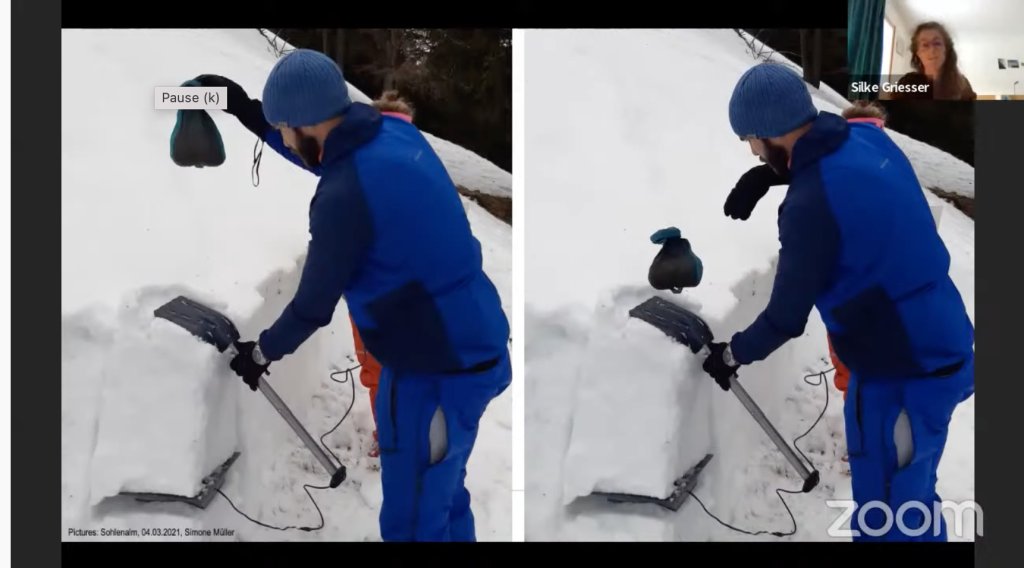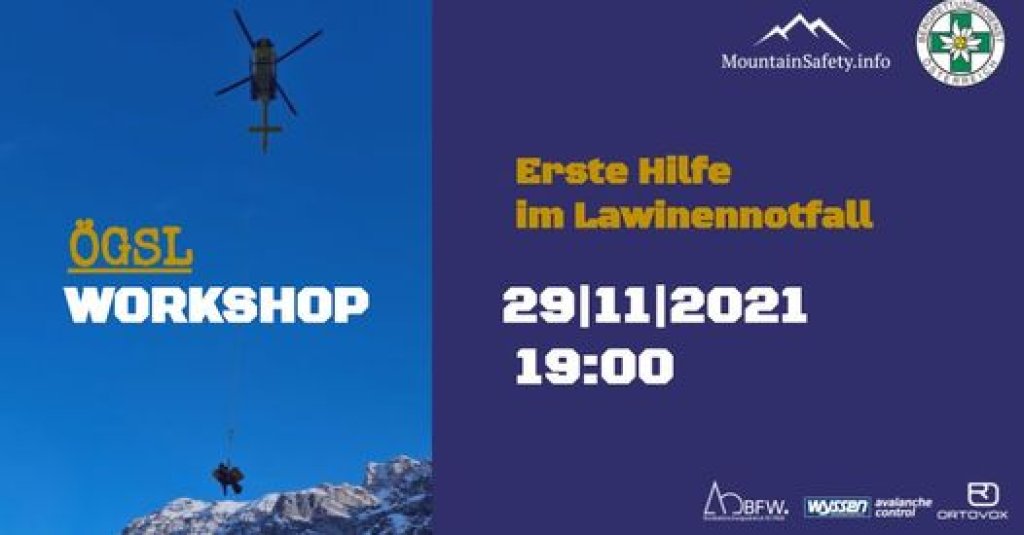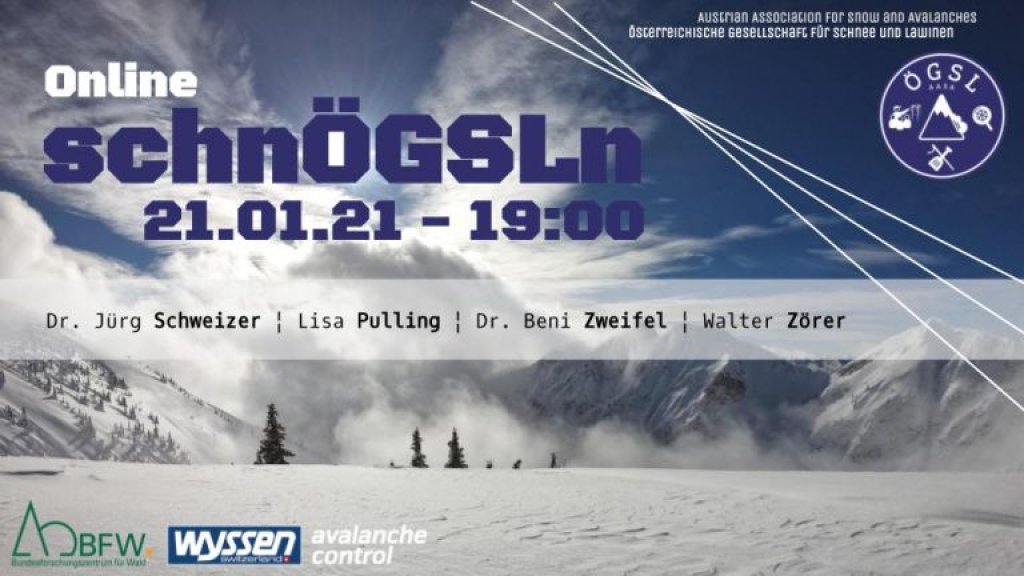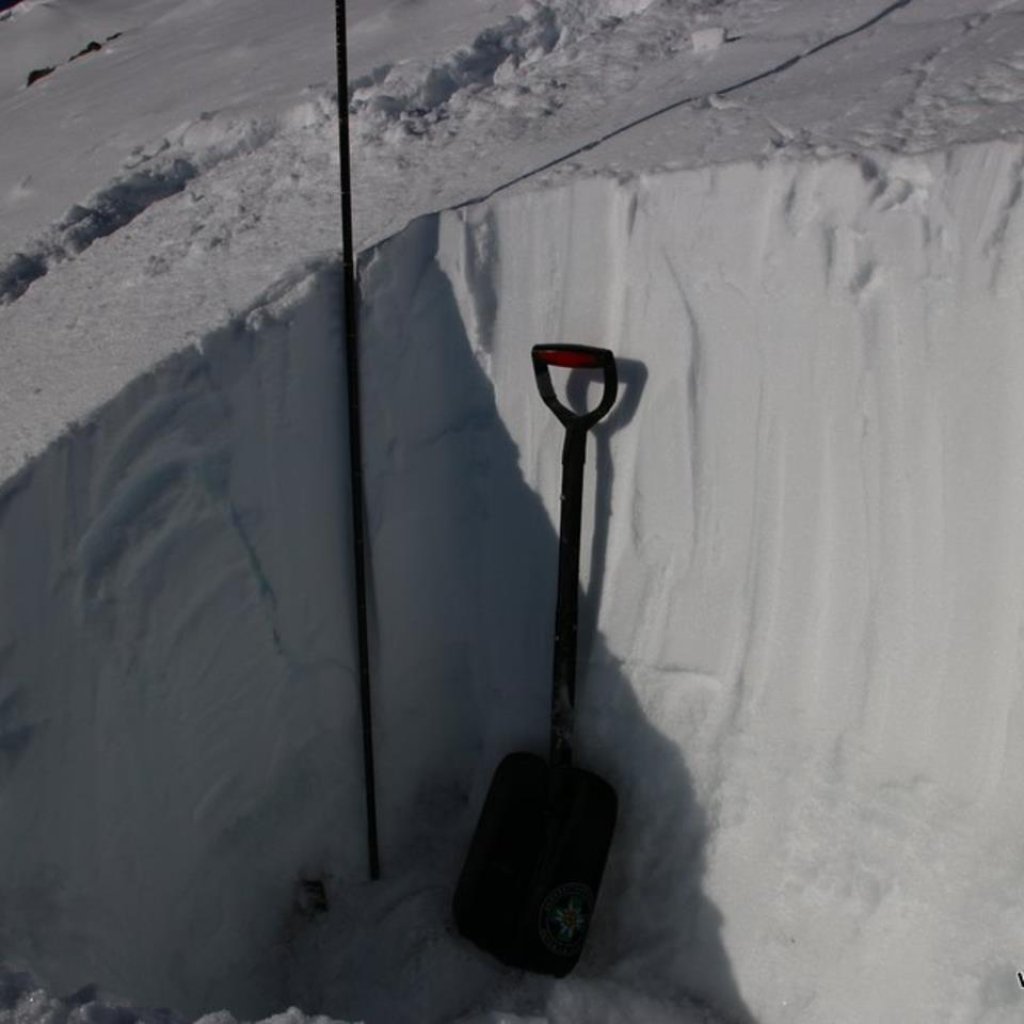The aim of stability tests is to obtain information about the fracture behavior in weak layers: Where in the snowpack does the block break and at how many impacts? Does the fracture extend through the entire block or is it only an irregular partial fracture? We then use the test results to draw conclusions about the avalanche risk, even if the interpretation is not always easy or clear.
It seems reasonable to assume that a 190cm tall person weighing 100 kilos will hit the block differently than a smaller, lighter person. But how do you quantify this? Developing a measurement system was the first part of Griesser's work, details of which can be found in the video.




